I have read that the Knights of Pythias have over 20,000 different symbols and I believe this is one of their symbols.
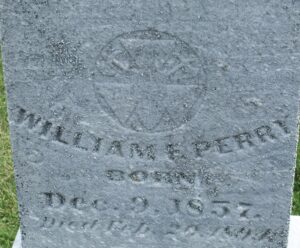
Knights of Pythias symbol, Woodland Cemetery, Van Wert, Ohio
The emblem on this tombstone is weathered and somewhat difficult to make out, but I believe it is an example of their typical Pythian axes and shields. A letter is barely recognizable on the left shield and could stand for one of the words of their motto, Faith, Charity, and Benevolence, although at this point the letter looks like a P.
Note the similarity of the axes and shield in this Pythian symbol to those on Perry’s tombstone.

Knights of Pythias, Woodlawn Cemetery, Ohio City, Ohio
The Knights of Pythias was founded in 1864 as a secret society for government clerks. The Knights of Pythias follows the principles of Friendship, Charity, and Benevolence and the first letters of these words (F, C, B) are often used for their tombstone inscriptions, sometimes used with the image of a shield and knight. The society still supports charitable, benevolent, fraternal, and social activities in their lodges and the communities they serve as well as supporting many charities.
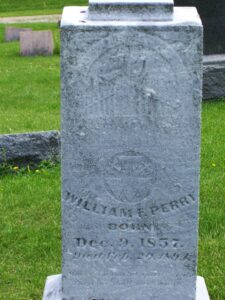
Knights of Pythias symbol, Woodland Cemetery, Van Wert, Ohio
I have been unable to determine if William F. Perry was a member of a fraternal society in the Van Wert area, but I believe this interesting tombstone symbol is a Knights of Pythias symbol.

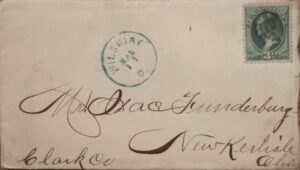
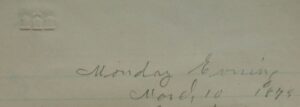

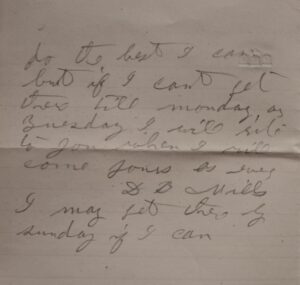
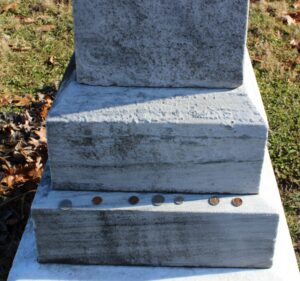


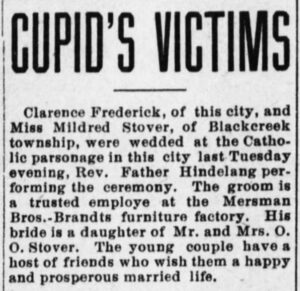
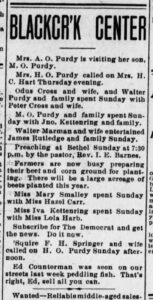
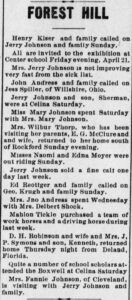


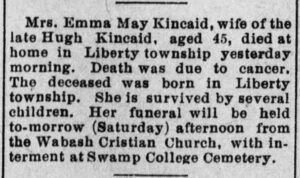



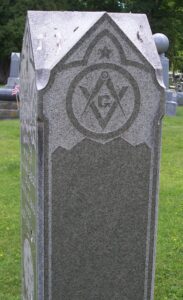


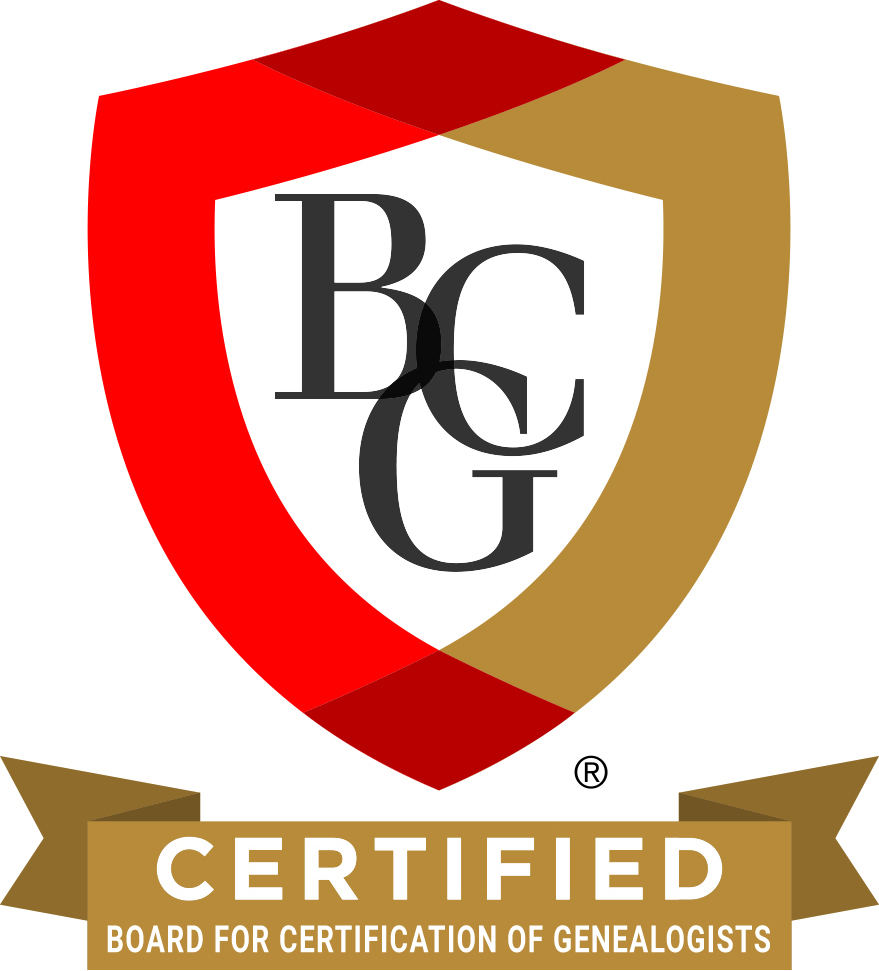
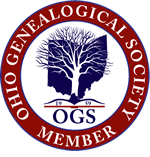

You are welcome!
You're welcome, Karen. I'm still working on this also. Thank you so much for all of your wonderful Mercer County…
Very interesting and great picture (I had neersee before) of the church! Thanks for sharing this, Karen.
Ha! I see why you say that. Your original surname was probably something similar to Schmitt.
Thank you for letting me know.